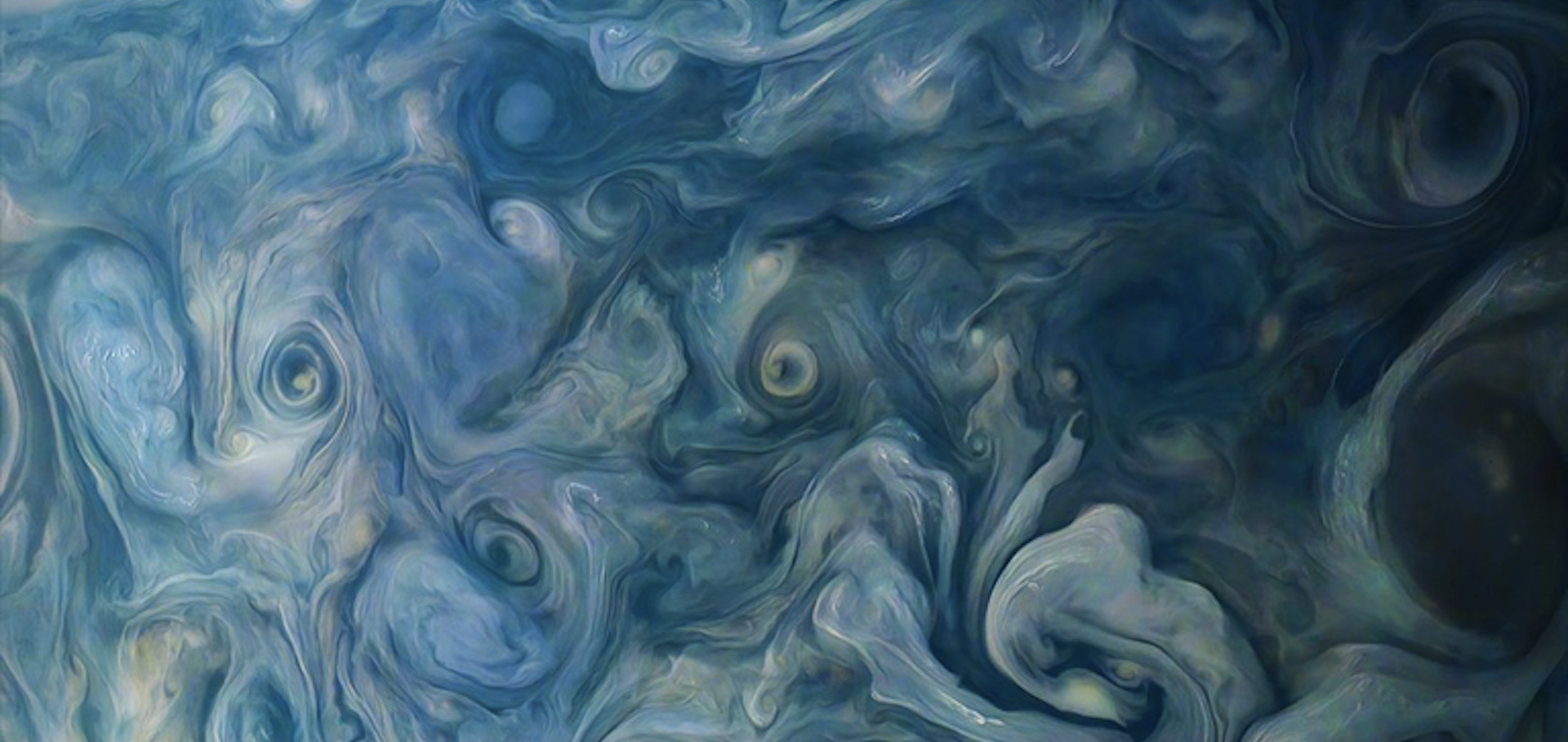Carbon monoxide and water vapor in the atmosphere of the non-transiting exoplanet HD 179949 b
(2014)
WTS-2 b: a hot Jupiter orbiting near its tidal destruction radius around a K-dwarf
(2014)
Identifying new opportunities for exoplanet characterisation at high spectral resolution
Astronomy & Astrophysics EDP Sciences 561 (2014) a150
Identifying new opportunities for exoplanet characterisation at high spectral resolution
(2013)
Characterising Exoplanet Atmospheres with High-resolution Spectroscopy
The Messenger 154 (2013) 57-61


